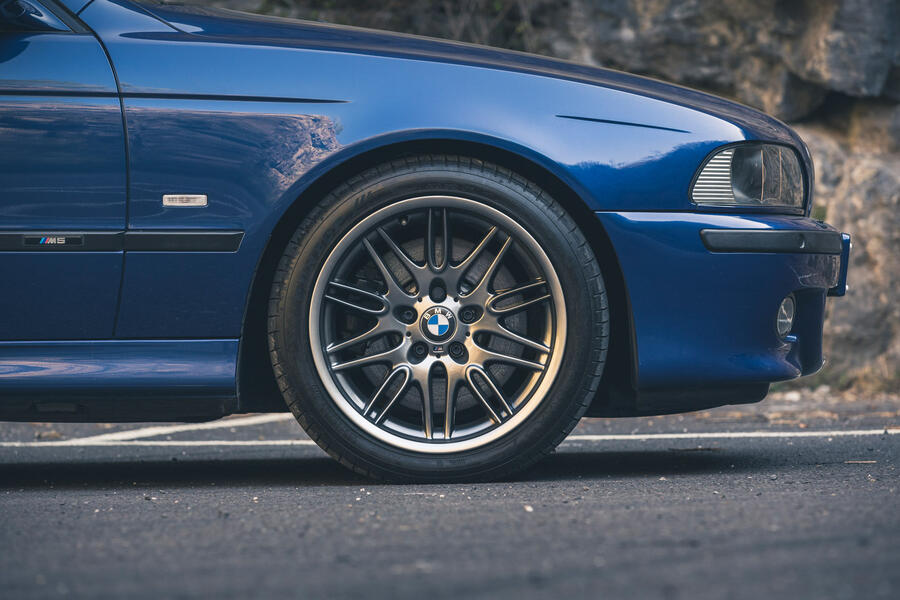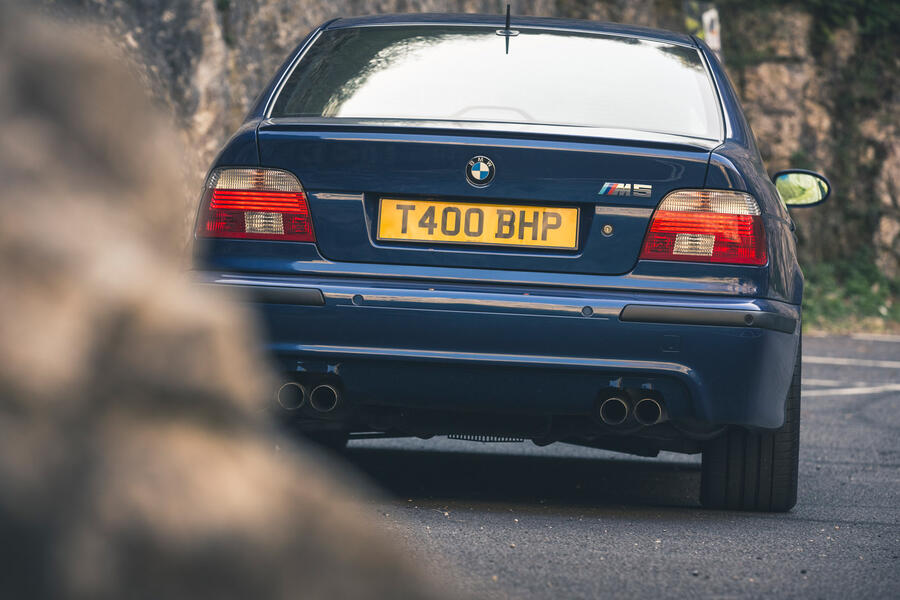Heavens above, the M5 is awful. It’s not especially fast, it’s certainly not fun to drive and it’s not much to look at. Relentless, drab and morose, it just goes on for mile after mile with barely a likeable facet or redeeming feature, pummelling your enthusiasm pancake-flat.
The section between Quedgeley and Tytherington is downright ugly, even with a few Welsh mountains decorating the horizon. If it wasn’t for the split-level stretch just south of the Severn crossing (and the world-class sausage rolls at Gloucester Services), this might actually be the most boring motorway in Europe. There, it’s out of my system now. I feel better already.
A car like the BMW M5, however? Well, that’s definitely one way to make the other M5 seem decidedly less awful. The late-1990s-to-early-2000s-era, third-generation E39 M5 in particular was hailed as one of the greatest and most versatile driver’s cars BMW has yet made when Autocar staffers were asked recently to nominate and justify the used car they had been daydreaming about for the past 12 months.

We voted for a winner and the M5 won. My own prize was this fine excuse to spend a long day in what might be the single loveliest example of this mercurial, two-decade-old ’bahn-stormer that exists anywhere in Britain: BMW UK’s immaculate ‘heritage fleet’ press demonstrator.
Naturally, I took it to the other M5 and then to the nearest thing we have to a Himalayan fell: Cheddar Gorge – although I could just as easily have gone to Milton Keynes or the Basingstoke gyratory and been no less smitten. The E39 has a reputation that might actually discourage you from driving or buying one as likely as motivate you. It is, some say, the greatest M car there has ever been. But what if they’re wrong? If, like me, you’ve wanted one since first laying teenage eyes on it in pages of this very magazine in the late 1990s, would you really want to know?
Greatest or otherwise, what the M5 seems like when you finally drive one is, rather predictably, just a car. It’s a mere mortal, a product of its time, when the template for the modern German mega-saloon was still very much being formalised and forged. Despite its revered status, however, the E39 is, in some ways, a surprisingly humble performance car, which probably makes it all the more likeable.
It’s a wonderful thing, though, I’m pleased to report. So unlike its modern antecedents in its simplicity, versatility, mechanical authenticity and deep-rooted analogue charm. And yet not unlike them at all in its ability to pin those neat little door mirrors back and then hurl itself into the middle distance at a rate that makes it feel more than contemporary enough, thank you very much. For the avoidance of doubt, some 23 years after it was first introduced, you still don’t need a faster family saloon, I assure you.

